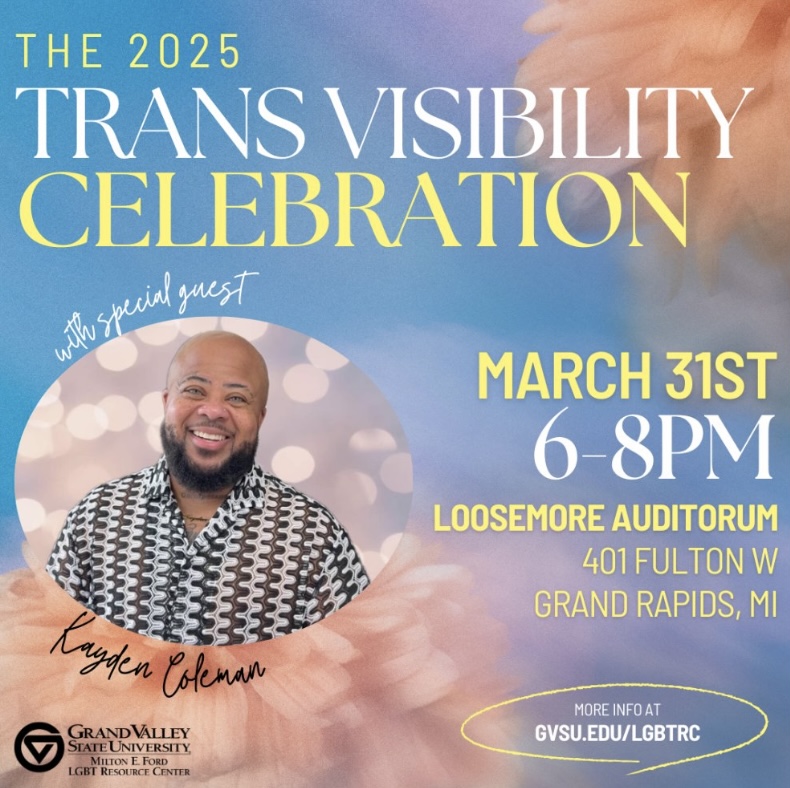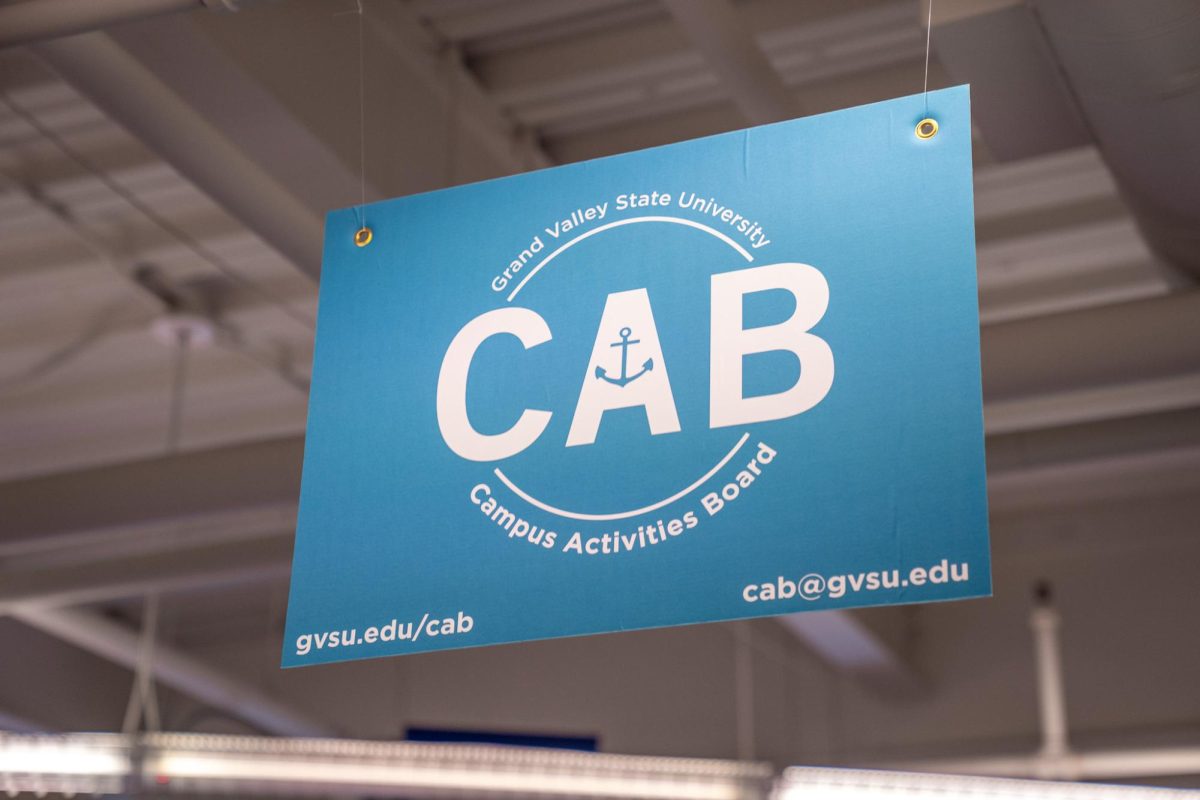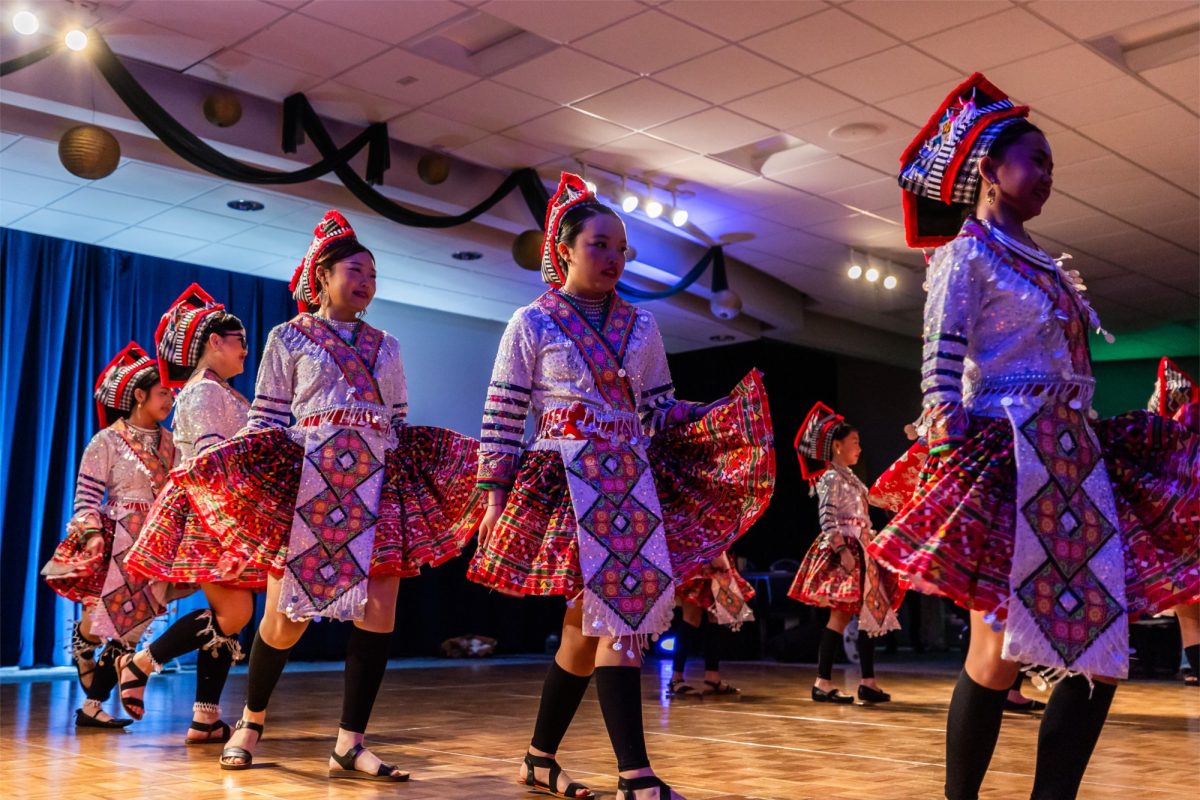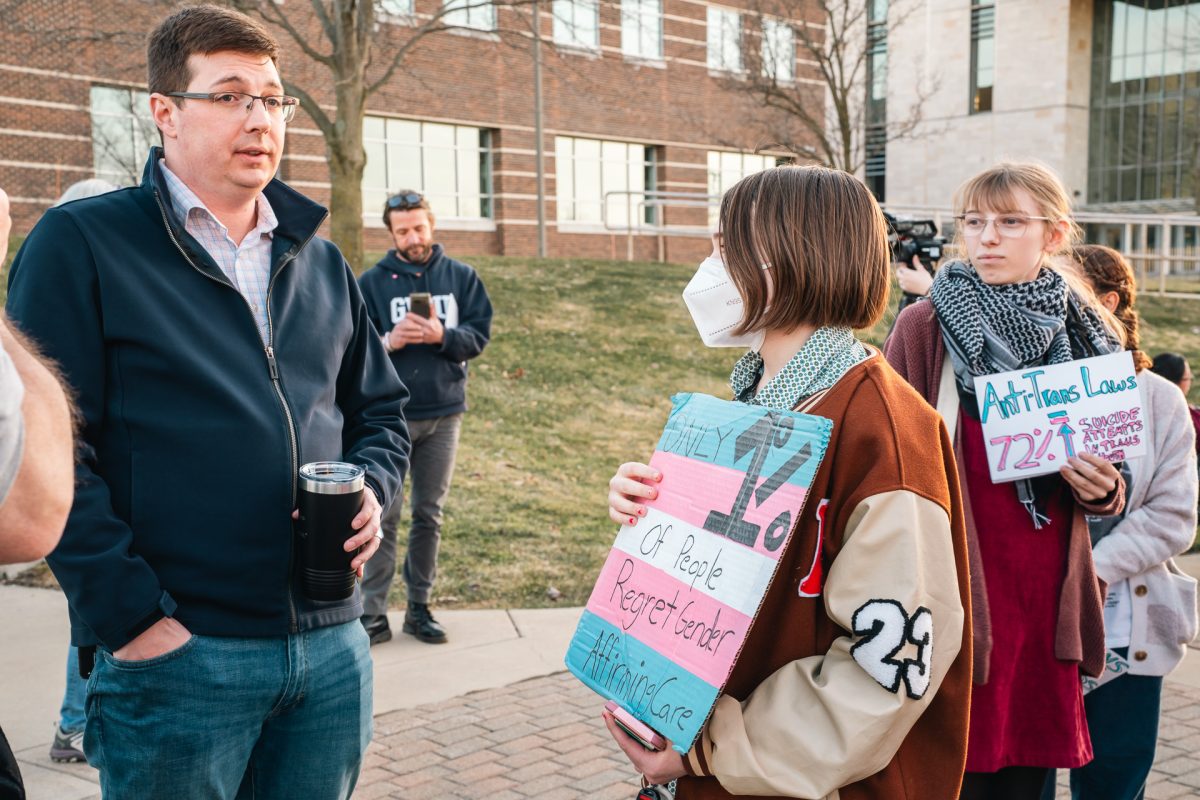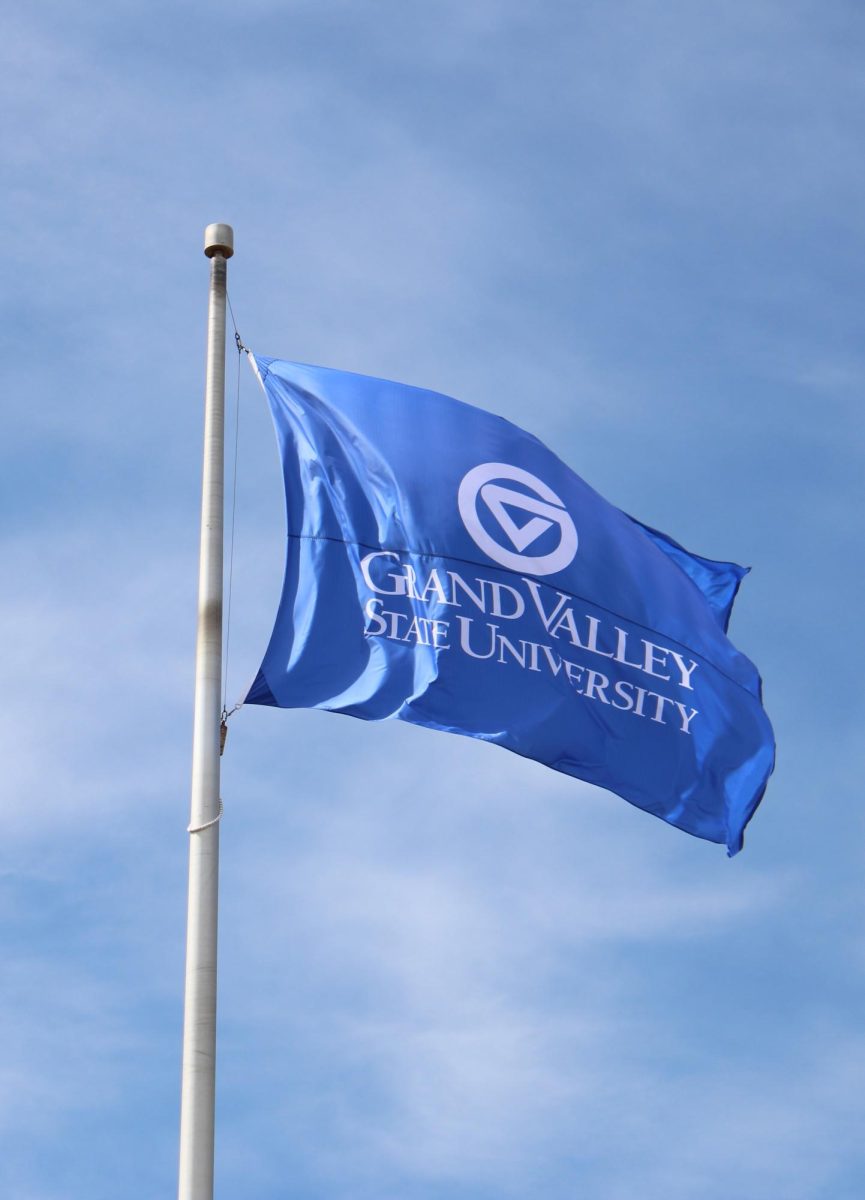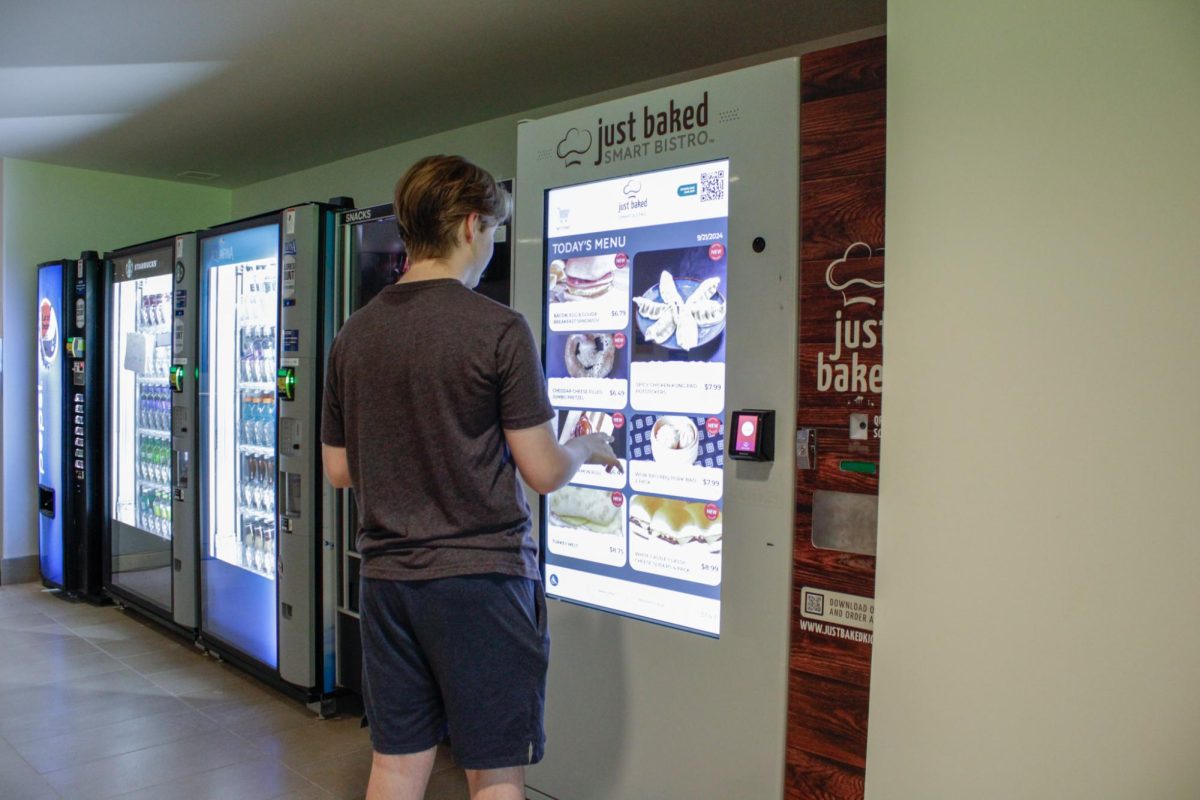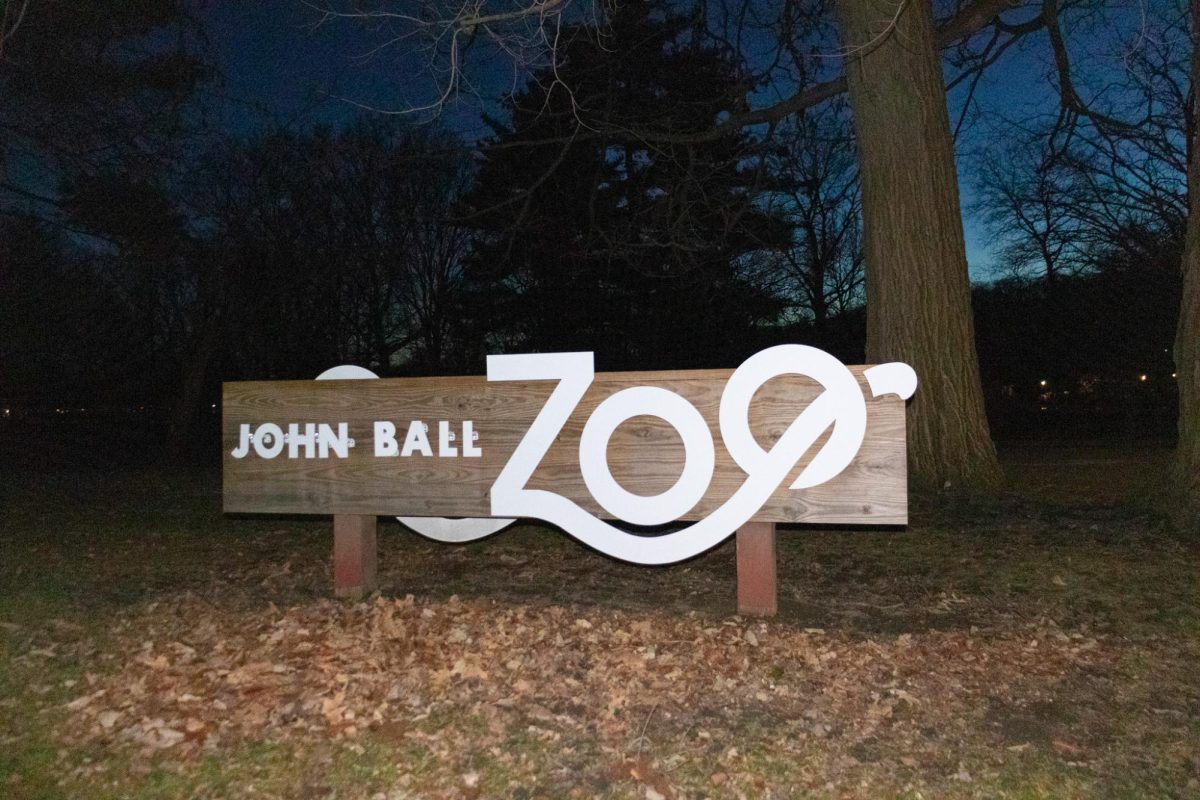For the last eight years, the Dorothy A. Johnson Center for Philanthropy, an academic center of Grand Valley State University, has put out reports at the beginning of each year about the 11 philanthropic trends to watch for throughout the year.
In 2024’s report, Johnson Center Program Director Aimée Laramore and Research Associate Crisol Beliz wrote an article titled, “Financial Stress and Philanthropic Influence: The Precarious Promise of Generation Z.” According to Laramore, the article discusses the general phenomenon of Generation Z (people born from 1997 to 2012) having more philanthropic desire than previous generations. However, Gen Z has less capacity to contribute to philanthropy due to the financial stress that they have inherited.
“I certainly care about whether or not Gen Z is generous, whether or not Gen Z gives back and whether or not Gen Z serves on the board, but I think we cannot have that conversation out of context,” Laramore said. “Without asking what is Gen Z paying for education? What types of jobs are Gen Z individuals looking for? What are the implications of what Gen Z has seen in their lifetime?”
Dr. Raymond Higbea, Director of the School of Leadership and Development and the Director of the Master of Philanthropy & Nonprofit Leadership graduate program at GVSU, said the article shows the difference in philanthropic desire between generations.
“The Gen Z’s have less capacity to give because they have less money,” Higbea said. “They’re not making the same kind of money that the baby boomers made. They have less capacity to give, but it’s flipped with a higher desire to give back.”
Many students at GVSU feel they can make little difference because they don’t have the same access to financial resources. Leah Stawara, a junior at GVSU, said she does what she can with what she has.
“I try to be mindful about my actions and make whatever decision is best for the greater good in my judgment,” Stawara said. “Money is always on my mind.”
Laramore said while the article is general, she made sure to take into account as many individual factors as she was able to.
“I try to ensure that in the article we don’t paint Gen Z as just one demographic or one group, so even as we talk about the financial complexities, we know that there are individuals who are of high wealth in addition to those that are struggling and relying on the help and support of a family to make a difference,” said Laramore. “We try to help individuals that respond to a soundbite or one characteristic of a generation without looking at the fullness of who they are and who they aspire to be.”
Laramore said she recognizes the importance of Gen Z as a generation of people and their capacity to make change.
“I had a mentor who said you should always be surrounded by people who are younger and wiser,” said Laramore.
As a whole, the list of 11 philanthropic trends to watch for covers several different areas of focus. Higbea pointed out that the articles “With Thousands of Incarcerated Students Enrolled in Higher Education, How Do We Measure Success?” and “Affordable Housing is a National Crisis with a Distinct Local Impact” are incredibly important to consider as well.
Higbea said the report by the Johnson Center at GVSU is unique because it is not a common document to find within the nonprofit sector.
“You need to know where your industry is moving, so (the report is) helping you keep abreast of what’s going on,” said Higbea. “This is unique in the nonprofit world. It’s created by the Johnson Center.”
Higbea said he thinks the field of philanthropy is one that everyone should look further into.
“I think it’s a growing field. It’s a fascinating and very giving field. It’s a chance to give back to the community and I would encourage anybody to look into it,” said Higbea. “Whether it’s a full-time job position or as a volunteer, it’s always good to give back to your community in any way you can.”






